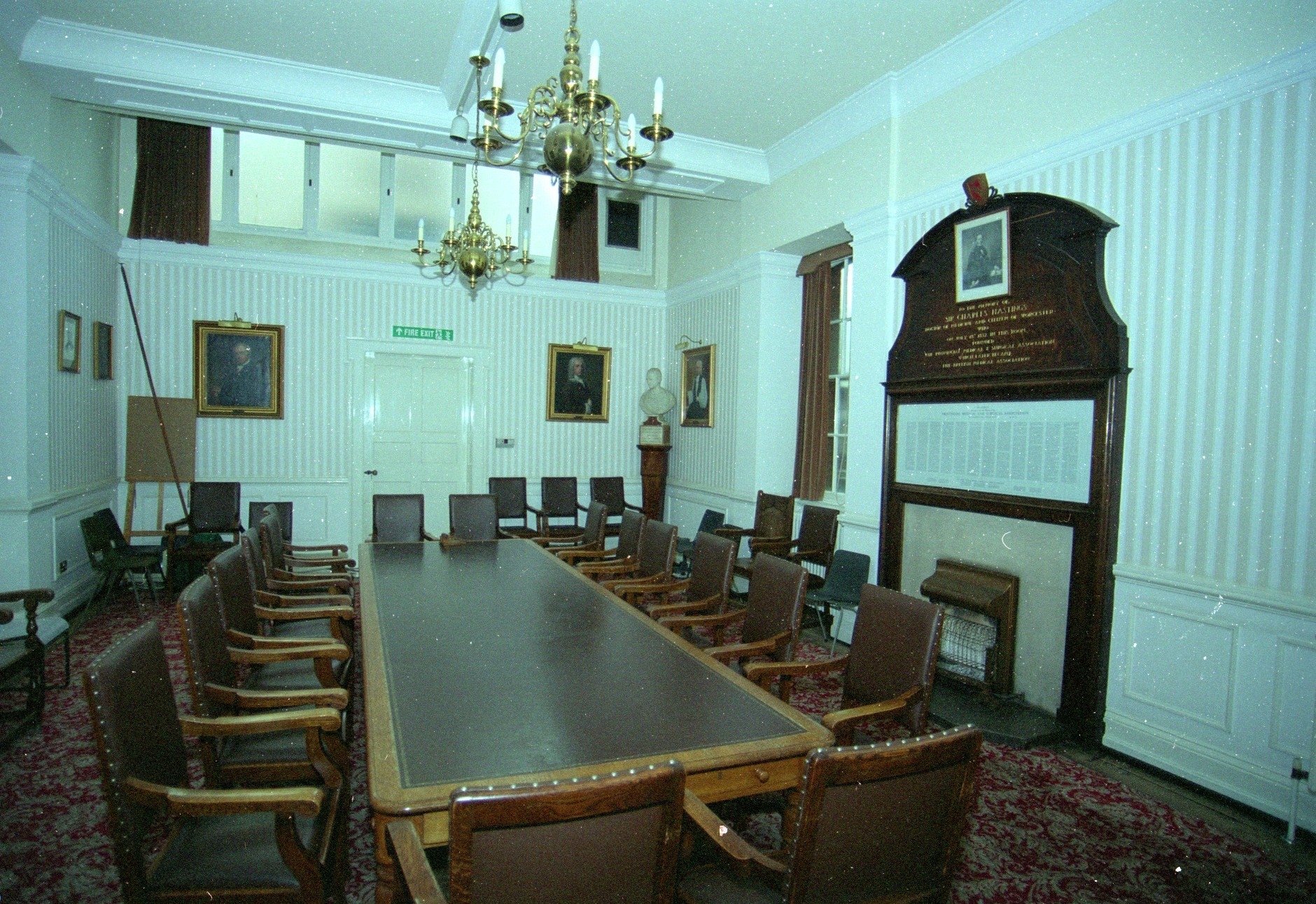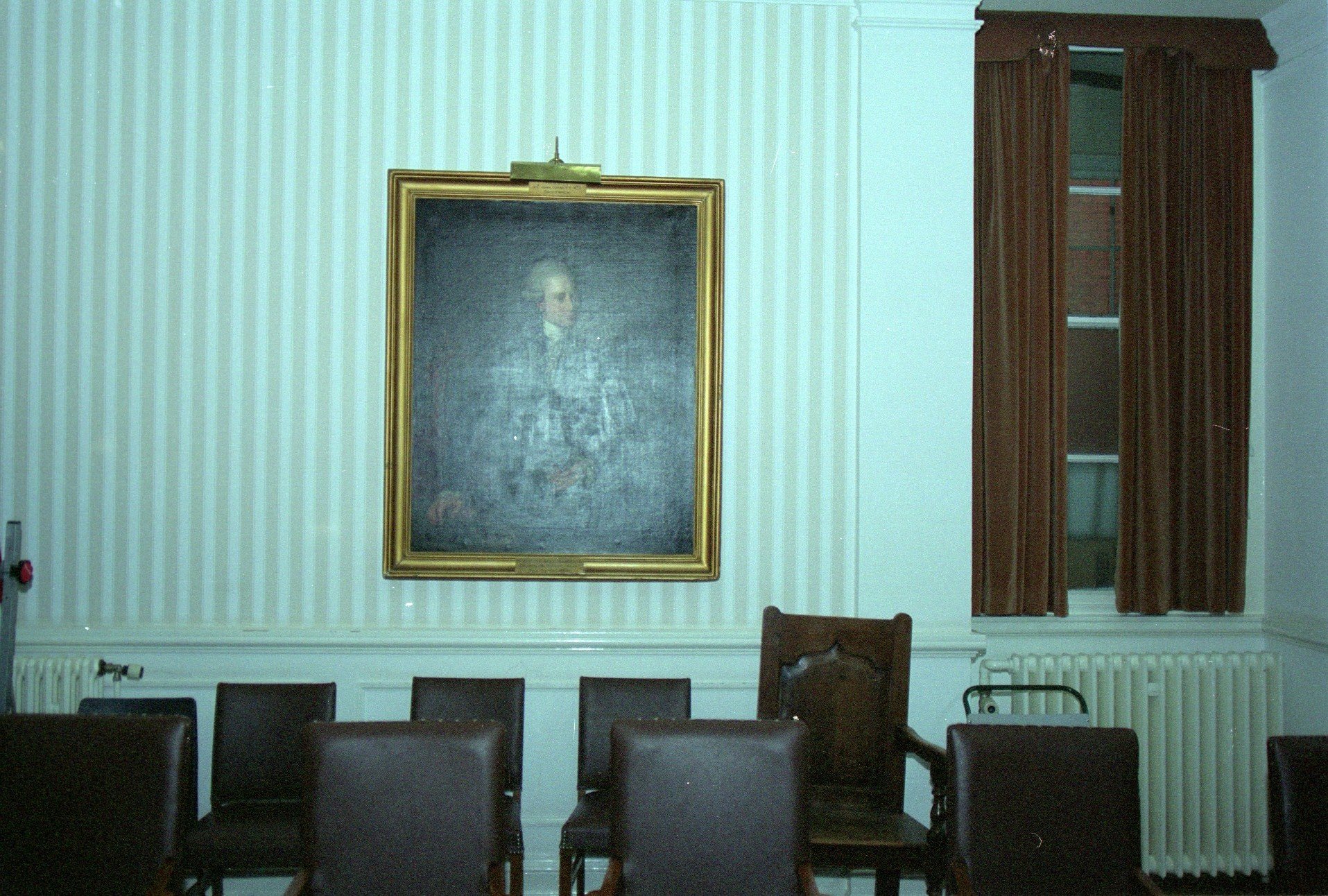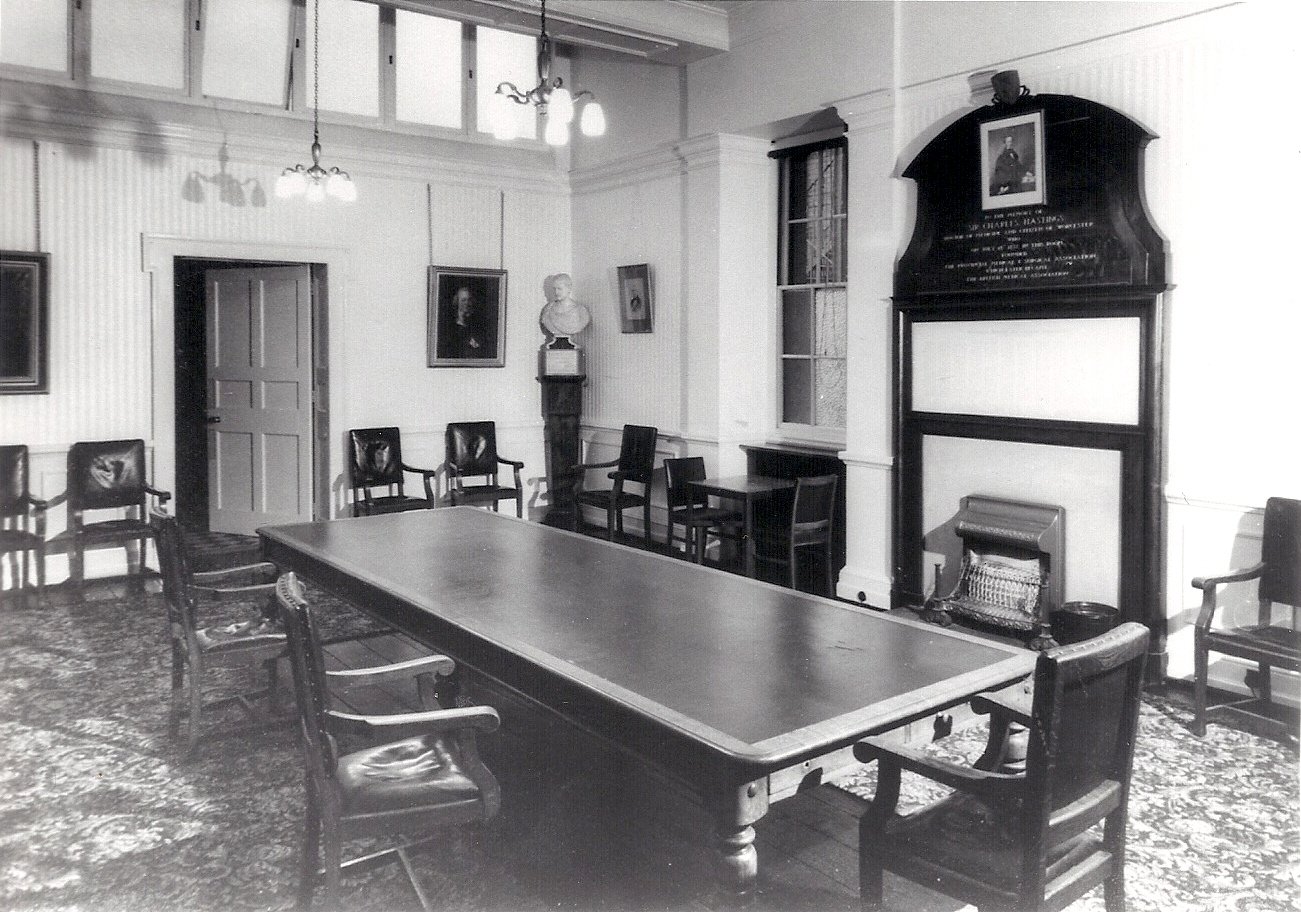This portrait hangs in the historic boardroom of the former Worcester Royal Infirmary, where the British Medical Association was founded as the Provincial Medical and Surgical Association in 1832. The piece is titled ‘Dr. Andrew Knox Blackall’ and attributed to Joshua Reynolds (both details now thought to be incorrect).
The paintings are on loan to the University of Worcester. This image is by kind permission of Worcestershire Acute Hospitals NHS Trust
The sitter is generally now agreed to be simply Andrew Blackall (c.1754-1781), a surgeon and anatomist based in Dublin and later in London. He died of TB on 14 April 1781 aged 27 in Hotwells, Bristol, having gone to Bath to seek relief from his illness.
Blackall was born c.1754 and studied in Edinburgh, London and Paris before starting his practice in Dublin, his native city, in 1776. His abilities drew the attention of patrons such as Dr Cleghorn, Dr McBride and Dr Purcell (more research needed). In 1778 a vacancy in a London anatomical theatre enabled him to continue his promising career as a lecturer. Sale of medical specimens was common, and Blackall is recorded as purchasing some of the collection of the surgeon Mr Magnus Falconer whose death created the vacancy. Upon Blackall’s own death, it seems that some of his specimens may have been acquired by the Scottish surgeon John Hunter.*
He continued lecturing until about a month before he died, only giving up when the disease had taken hold in his upper airways and his students could no longer hear his voice. After his death, as befitted a dedicated anatomist, his body was dissected, and a record of the findings were included in his obituary in the London Medical Journal.
The name ‘Knox’ probably comes from confusion with younger relatives, two of whom were called Andrew Knox Blackall. It was Major J. Blackall who sent the portrait to Christie’s, a brother of Andrew Knox Blackall.
There is no direct connection between Andrew Blackall and Worcester, and certainly no connection between Blackall and the historic boardroom. The connection seems instead to be through Mr. J. Corbett MP for Droitwich and benefactor to several medical charities in Worcestershire. He purchased the portrait from Christie’s for the former Worcester Royal Infirmary and donated it.
While stated to be Joshua Reynolds, the artist is actually unknown. Reynolds only painted three portraits of medical men and Blackall was not one of them. There is no consensus but much discussion here including questions about the style and position of the hand.
Thank you to Helen Rendell with assistance from Art UK Art Detectives.
Helen Rendell 2024
“*The Senior Curator at the Royal College of Surgeons of England said “I can’t see any preparations linked to Andrew Blackall in the collections […]. However Blackall is mentioned several times in Simon Chaplin’s PhD about John Hunter. Simon Chaplin says that Hunter bought a ‘double uterus’ at Blackall’s sale in 1781 for fifty guineas, but that ‘the double uterus has since been lost’. This may have been when RCS England was bombed in May 1941, destroying up to three-quarters of John Hunter’s collection.”




